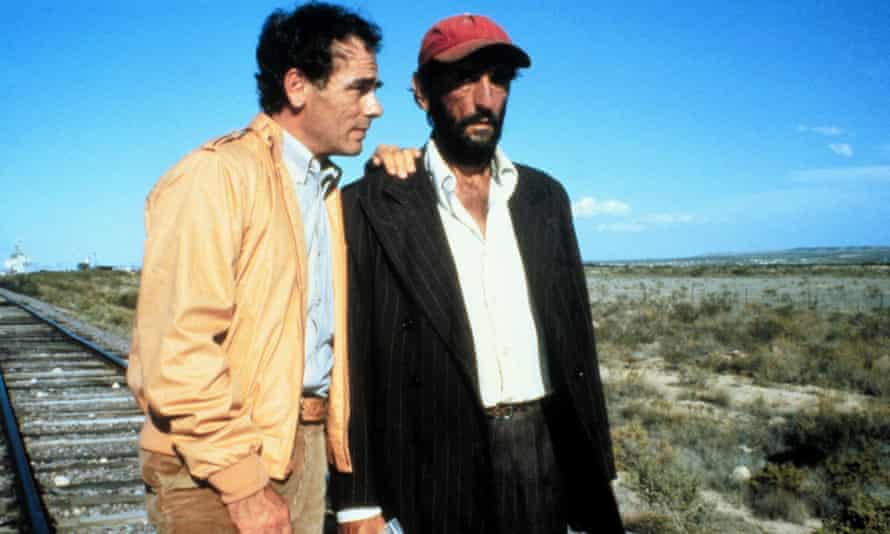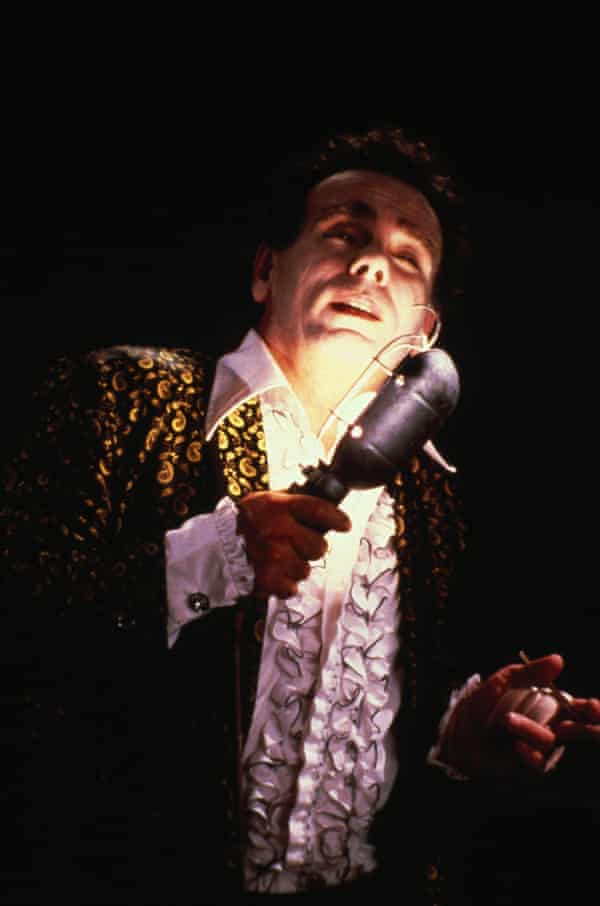Dean Stockwell was the child actor in numberless studio flicks of the 1940s, who arguably never ever really bought above that brutal apprenticeship, specially as the procedure before long observed that audiences cherished it when he cried. Stockwell was generally owning to burst coronary heart-rendingly into tears – he remembered currently being instructed by Elia Kazan to consider of a dog dying just ahead of a just take. He outgrew his cherubic sweet appears to be like into the shut and by some means broken handsomeness of a youthful actor who did not entirely in good shape both the top male model of the aged-fashioned studio procedure, nor the new wave and counterculture scene in which his modern day Dennis Hopper created a splash.

Inspite of briefly quitting showbusiness in the 60s to examine his hippy side, Stockwell took a frequent pay cheque in Tv set for the rest of his lifetime and for all his periodic melancholy about the point out of his motion picture job, found that he was constantly in demand from customers as a rugged character actor in his middle years, accomplishing cinephile respect for working with Wim Wenders, David Lynch, William Friedkin, Jonathan Demme, Robert Altman and Francis Ford Coppola. He was the sort of supporting actor who lent texture and authenticity to a motion picture, primarily for a sure type of indie American gothic.

Photograph: 20 Century Fox/Sportsphoto/Allstar
Potentially the setting up stage for Stockwell’s cult iconic standing was his child-star role in the deeply weird and intriguing The Boy With Inexperienced Hair (1948), directed by Joseph Losey (in the era before the McCarthyite witch-hunt drove Losey out of Hollywood): he is the kid who is bullied due to the fact his hair turns green, evidently as a end result of the trauma of being a war orphan, and the ostensible position of this odd story is its anti-war message. And nevertheless this fantastical fable (the kind of film that may possibly potentially have intrigued Powell and Pressburger) is inclined to a lot of variant readings. The unmentionable hell of staying “different” in conformist America? Environmentally friendly as a metaphor for remaining … purple? Or black? Or it’s possible it is a parable for the freak-visibility of fame, specifically child-actor fame, the inexperienced-hair trauma that Stockwell took with him into a brooding adulthood. Later on, Stockwell performed Billy the Child in Dennis Hopper’s controversial and experimental The Past Film in 1971, a film whose countercultural trippiness maybe underscored Stockwell’s sense of his personal alienation, inspite of his have fierce advocacy of this movie, and of Dennis Hopper’s expertise frequently.
It was in the 1980s that Stockwell’s film job resurfaced as a character player, in all probability most notably in Wim Wenders’s Paris, Texas – that most European perspective on Americanness – in which Stockwell played Walt, the longsuffering brother of the runaway, haunted Travis, played by Harry Dean Stanton. Stockwell’s Walt is the straight-arrow man who is worried and irritated by his brother’s mute strangeness: Stockwell was destined to be upstaged of course by Stanton and the job could be (uncharitably) noticed as another indicator of Stockwell’s not fitting in to either the straight or transgressive worlds – and but he introduced a actual existence to the component: his problem and possess tacit emotional discomfort have been the bedrock on which Travis’s story was put.

It was also legitimate of his performance as Dr Yeuh in David Lynch’s flawed version of Dune in the identical year, the movie that was correctly his cinema comeback: the individual physician to the Atreides home that he is to betray less than duress. In 1985, he was the shifty criminal attorney Grimes in William Friedkin’s To Reside and Die in LA, the law firm who is performing for the counterfeiter whom the police are striving to deliver down and finishes up reluctantly assisting legislation enforcement, whilst retaining his essential amoral indifference to possibly side. But it was 1 12 months just after that that Stockwell attained what may be his masterpiece: his position as Ben in David Lynch’s Blue Velvet, who performs a compellingly strange lip-sync edition of Roy Orbison’s In Dreams.
The 1980s ended with Stockwell’s brush with Oscar glory and possibly the closest he ever came to a typical Hollywood-glamour showcase. His Academy Award nomination for finest supporting actor for his role as mafia manager Tony “The Tiger” Russo in Jonathan Demme’s 1988 black comedy Married to the Mob came along with that other haunted previous youngster actor River Phoenix, nominated for Sidney Lumet’s Functioning on Empty. Stockwell is the wiseguy who whacks the gangster-husband of Michelle Pfeiffer she finds herself under investigation by the police, and also has the Tiger getting an curiosity, potentially sexual, maybe simply just to make sure she doesn’t rat everyone out. This was a potent, confident efficiency by Stockwell who, even with his “supporting actor” status, was in the strange situation of upstaging all the other men on the display. In some methods, it was a pity he could not cultivate the comedy vocation similar to that of the actor who performed his murder sufferer in this article: Alec Baldwin.
The 1990s observed Stockwell using sound supporting roles in Robert Altman’s The Player and Francis Ford Coppola’s The Rainmaker, while they didn’t tap into that reserve of pain and psychological woundedness that Wenders or Lynch noticed. But Stockwell was to be the facial area of a sure pressure of alternate American cinema: the alienated outsider.

